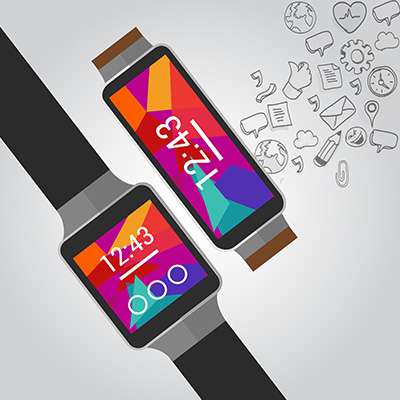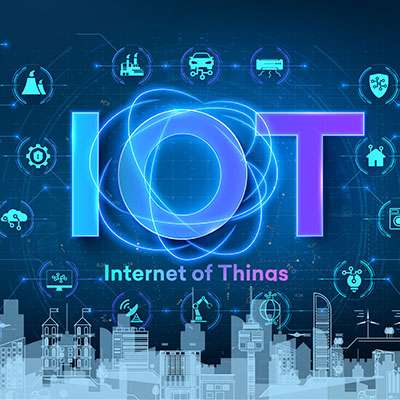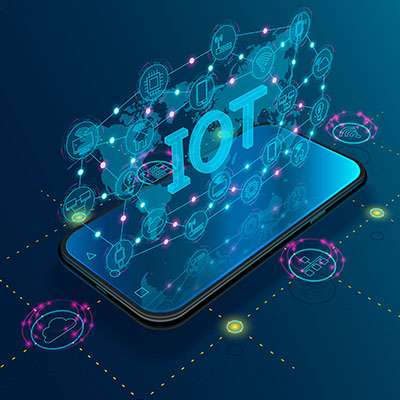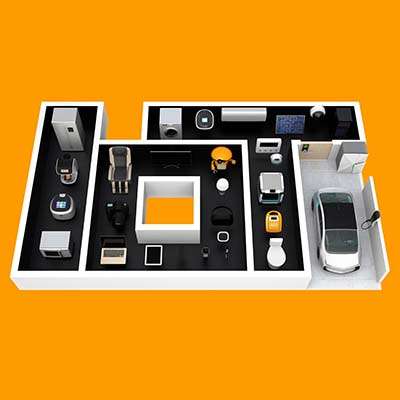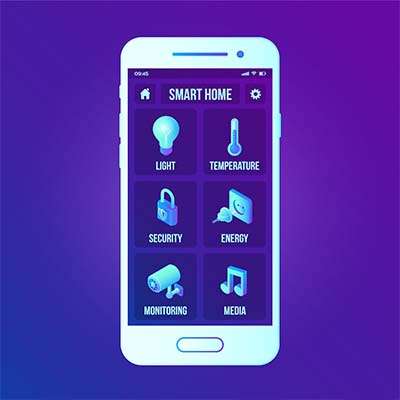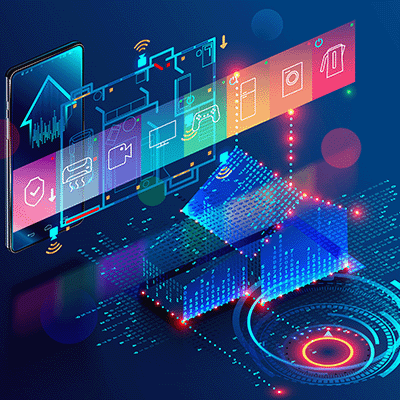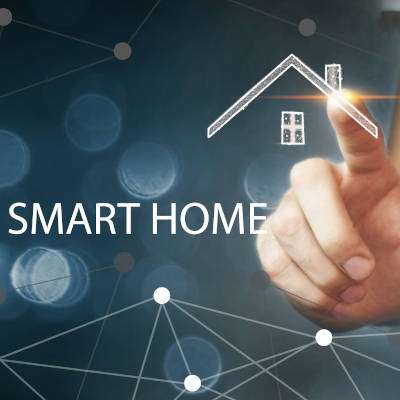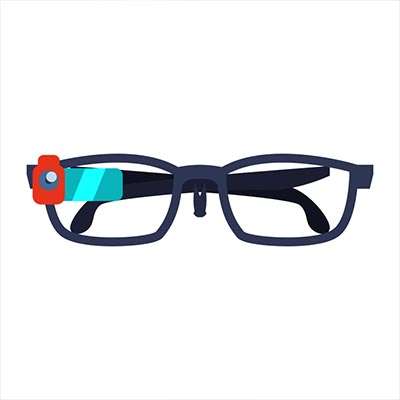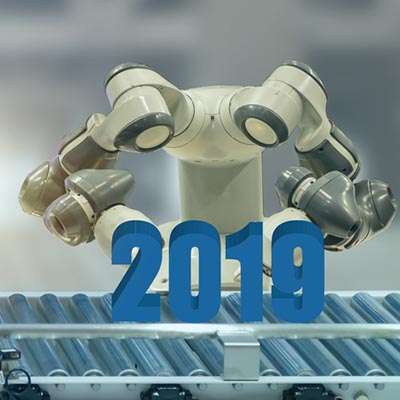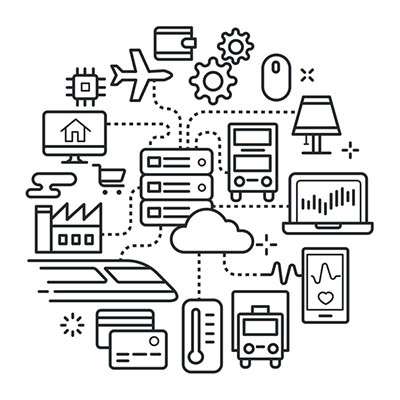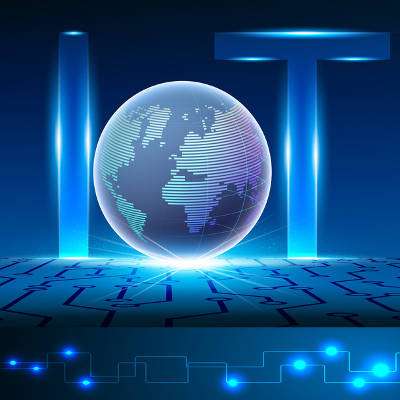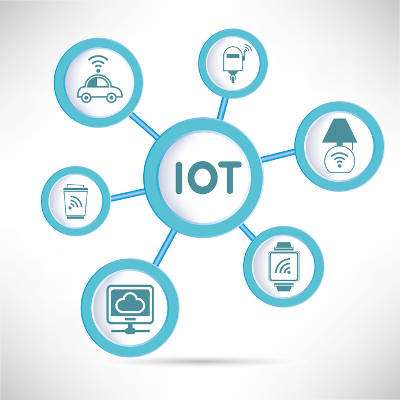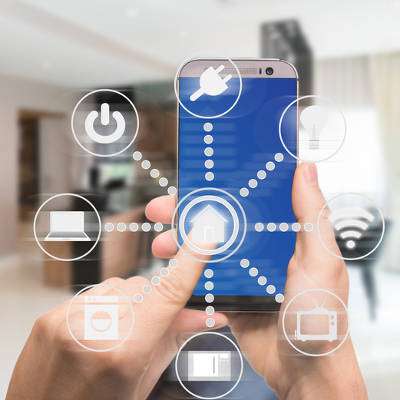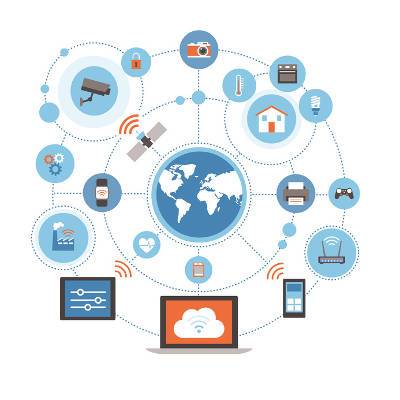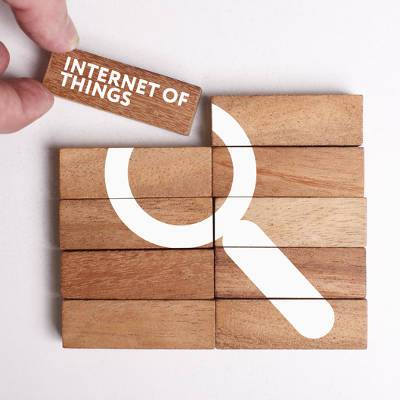The Internet of Things (IoT) is a term you’ve probably heard by now but may not completely understand; that’s normal, as there are a lot of things that could be labeled under the IoT. This month, we thought we would go through some ways the average business can use the Internet of Things to its advantage.
Macro Systems Blog
The increase in wearable technology that you see coming into your business has significantly increased over the past couple of years. People are doing a better job of tracking their health and using wearable technology to improve their work lives. This creates a problem for the business because every single device brought onto a network is a potential threat and threats have to be managed. Listed below is a look at how people are using wearable technology and what you can do in response to this trend.
It’s almost summer, which means baseball is in full swing. The sport that many of us grew up on has recently gone through a major shift, one which small business owners can replicate to help their organizations. It came about via the use of data and today we’ll discuss how the national pastime has changed and how you can use the same strategies to help make your business better.
A lot has been made about the Internet of Things (IoT) over the past couple of years. People have been buying technology they can control from their phones or from centralized smart hubs and it has resulted in a shift to the way people interact with technology. For today's businesses this can bring several pros and cons to the table. Listed below is a brief look at some of the pros and cons of deploying IoT technology in the workplace.
The Internet of Things is an amalgamation of countless connected devices that all perform numerous functions. Many of these devices are being utilized in ways that businesses never thought possible. In fact, the Internet of Things and its boundless amount of connected devices have given manufacturers and corporations even more opportunities to get birds-eye views of operations, inventory management, and supply chain management.
Smart devices and Internet-of-Things devices in general have taken the world by storm, and a home without at least a handful of smart devices is quite rare to find these days. On the other hand, smart devices (devices that connect to the Internet to perform various functions) must be approached with a certain level of caution.
Ask someone what they think social media has accomplished for society, and you will probably hear a series of complaints about how it is the driving force behind the most divisive period in our history. While their perspective is interesting, it is also incorrect. Below is a look at how some of today’s most controversial technologies are working to enhance society.
There has recently been a general fascination with smart devices in the home and the office. These Internet of Things-powered appliances can help add to the convenience of rote tasks and other everyday activities, but is it actually a good idea to use them? Unless you’ve taken the proper precautions, maybe not.
Wearables have been available for a while, though the definition of them has changed over the years. Wearables have become much more capable in the past decade, bringing with them a barrage of other problems that need to be addressed; chief among them is how these devices should be regulated, and by whom.
The Internet of Things (IoT) is both the most amazing and the most menacing modern IT trend; this is because it promotes the use of connected devices, while not providing the integrated security required to keep all these new endpoints from stretching an organization’s network security thin. Let's check out five trending topics for the IoT, and what they mean for a company like yours.
The Internet of Things (IoT) is now consists of over 15 billion devices. 15 billion! That number includes both consumer devices in a home environment as well as business devices that are usually used in an office setting. You cannot risk ignoring this situation, whether it’s from a security standpoint or one of practicality. Discussed below are the many ways that IoT is shaping business practices in our era.
The Internet of Things (IoT) can be described simply as 'devices that have connectivity to the Internet, and thus to a computing network'. Most of the time these connected devices aren’t produced with security solutions onboard, so they can be fickle instruments when trying to onerously secure a network that includes numerous IoT devices. Listed below are some of the threats IoT devices pose to your network, and how to reliably secure it from these threats.
So far, the majority of our experience with the Internet of Things has been on a small scale: accessories and appliances that connect to the Internet to gain some additional functionality. This technology can also be applied to a larger, more civic purpose, including the development of a “smart city.” Sadly, this application could prove to be as troublesome as the IoT we are more used to.
The Internet of Things (IoT) might be a significant upgrade in terms of connectivity for a lot of users and businesses, but this comes at a price. With more devices accessing connected networks than ever before, security becomes a focal point of discussion for the Internet of Things. How can you make sure that your network is secure while these devices run rampant all around your business?
The term “smart technology” is far from new. and there are now millions of products that are now “connected”. They include smart forks, smart tortilla makers, and most inexplicably, a smart egg tracker; and, that’s only in the kitchen. For most, the smart tech that they are considering is that of Internet-connected devices that have some day-to-day practical utility. Let's look at some sectors of the smart technology industry that are making good progress as we speed toward a ubiquitously-connected future.
As 2018 marches on, certain technologies and implementations are becoming more utilized by businesses. These trends are expected to continue, so businesses should embrace these technologies sooner rather than later. Below let's take a look at some of these technologies, why they are expected to develop, and how you can use them to benefit your business.


